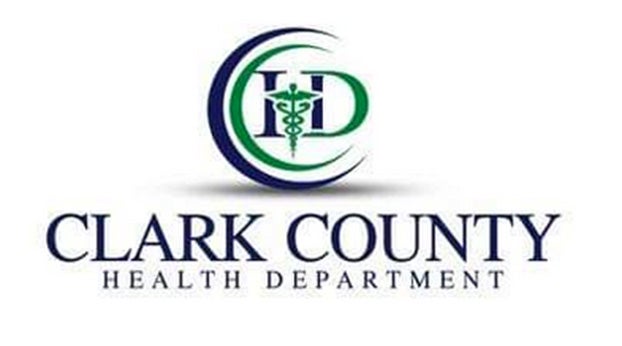Basics of nutrient management plan
Published 8:07 am Wednesday, November 29, 2017

- Clay Stamm is the Clark County Cooperative Extension Service agent for agriculture and natural resources.
Manure can be a valuable fertilizer if you store and use it correctly on your farm. But just how valuable?
A recent University of Kentucky research project studied 10 cattle in a confined area for 200 days. In that time period, the animals created an estimated 62 tons of manure.
When compared to fertilizer prices, the nutrient value of the manure was worth more than $2,100. So maybe it’s better to focus on the value rather than seeing manure management as a time-consuming hassle.
Having and implementing a nutrient management plan and calibrating your manure spreader can all add up to sizable savings in nutrient costs.
If you have livestock in confinement and/or you spread manure you must have a nutrient management plan to comply with the KY Ag Water Quality Act.
Before starting a nutrient management plan, you will need current (two years or newer) soil samples, a manure sample and a field map with acreage.
The basic steps for developing a nutrient management plan include:
— Determine the total volume and amount of nutrients your farm generates.
— Determine soil fertility with bi-annual soil tests.
— Determine nutrient application rates based on existing soil fertility, crop nutrient requirements, nutrient application timing and method and fertilizer type.
— Create a cropping plan for how you will use generated manure on a field-by-field basis over a five-year period.
— Implement the plan, keep good records and follow guidelines and regulations.
There are two types of nutrient management plans.
A comprehensive Nutrient Management Plan (CNMP) can only be written by a technical service provider. Your local Natural Resources Conservation Service office can help you find a technical service provider and possibly provide financial assistance for the service. A CNMP is required when you apply for financial assistance for manure-related practices such as a lagoon or a manure stack pad.
Producers can write a Kentucky Nutrient Management Plan (KyNMP) on their own or with assistance from the local conservation district or the local Extension office. You can still receive cost-share on best management practices and be compliant with state regulations with this plan, but you cannot receive assistance for manure-related practices. The UK College of Agriculture, Food and Environment publication ID-211 Kentucky Nutrient Management Planning Guidelines is available to help you create your own plan, or you can use an online tool at http://www.bae.uky.edu/awqpt/calculators.htm.
Anyone farming 10 acres or more should have an Agriculture Water Quality Plan. If you apply nutrients in the form of manure or commercial fertilizer, you need a nutrient management plan as part of your Agriculture Water Quality Plan.
Finally, if you have liquid manure storage, you will also need a Kentucky No Discharge Operational Permit.
For more information about developing these plans, visit http://www.ca.uky.edu/awqa, visit your local Kentucky Conservation District or contact the Clark County Cooperative Extension Service by calling 744-4682.
Source: Mary Fawns, extension nutrient management planner. Clay Stamm is the Clark County Cooperative Extension Service Agent for Agriculture and Natural Resources.





